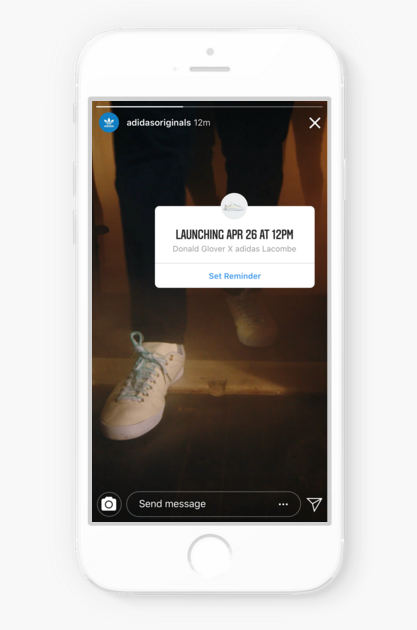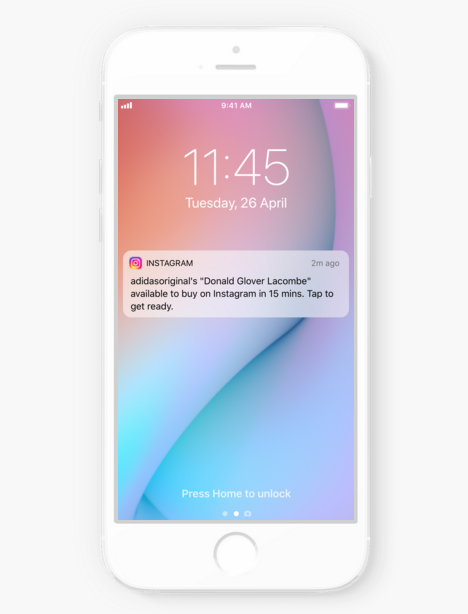The hype beast market for exclusive merchandise drops, made popular by the likes of Supreme, is growing. Social media is the primary way fans find out about these blink-and-you’ll-miss-it drops, too. So, Instagram’s (read: Facebook’s) decision to let brands notify people of their incoming drops is a logical next step in the modern apparel and branded merch market’s progression.
Instagram announced last week that it’s partnering with companies like Adidas, Levi’s, Net-A-Porter and Bel-Air Athletics (remember that?) for the Checkout program’s beta testing phase. As part of the plan, users will see items in posts or stories, and can then set a reminder for the product drop and buy them without leaving Instagram.

“Drops are a key part of streetwear, and we’re excited to evolve the industry together with Instagram,” Dan Altmann, president of streetwear brand Chinatown Market, said in Instagram’s blog post. “From going live on Instagram to designing shirts with our fans to posting stories around the office, Instagram is the main place we connect with our fans.”
“The progress Instagram has made with Checkout gives adidas’ customers the power to go from inspiration to purchase in an instant,” Scott Zalaznik, senior vice president of digital for Adidas Originals, said. “We see adoption improve month to month. With new features like product launch reminders, we expect to see engagement increase as we can create simple, immersive and user-obsessed experiences adidas creators love.”
“Checkout” is a pretty ingenious little title, isn’t it? Yeah, you’re checking out the latest fashion drops from a who’s who list of influential brands. But you’re also going to literally be able to check out in the transactional sense.

Instagram had introduced the ability to purchase products straight from the app back in March, so the consumer side of what was once a quirky little photo app isn’t exactly new. What’s revolutionary here is the direct reminder platform and the validation of these companies’ methods of creating small lines with huge demand, of which a decent percentage ends up on the resale market anyway.
This is, once again, a lesson in the power of exclusivity and manufactured hype. If you can combine that with the Very Online status of millennials and Gen Z kids, you’ve hit yourself a home run of merchandising.



